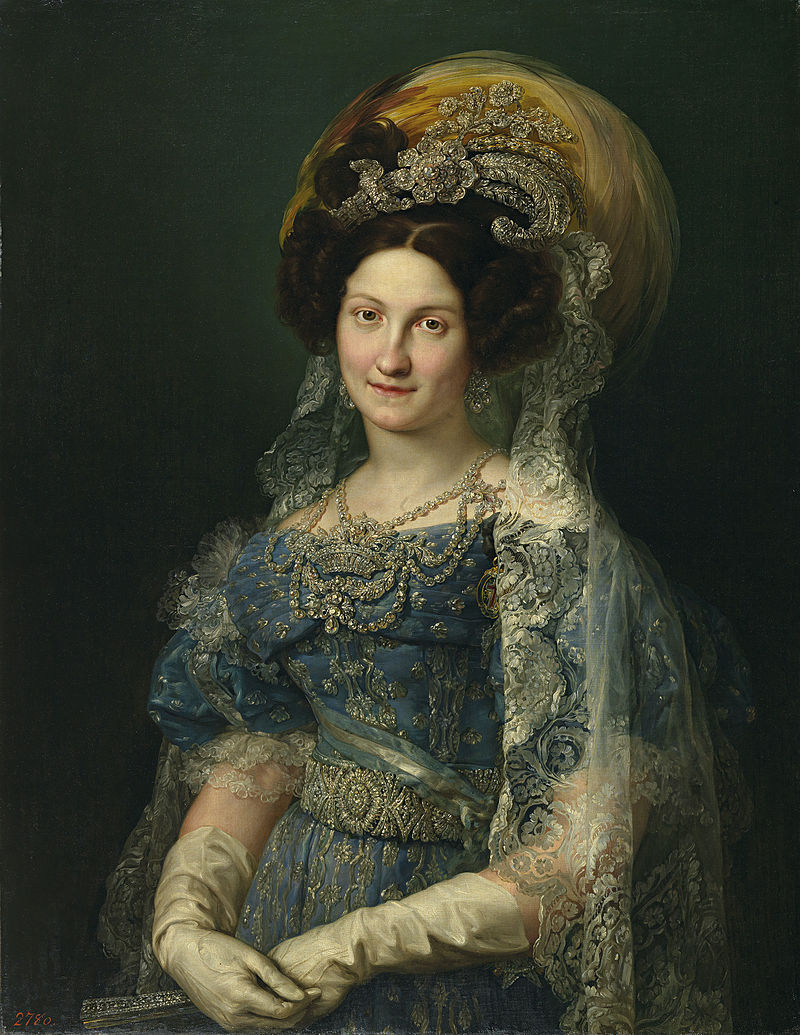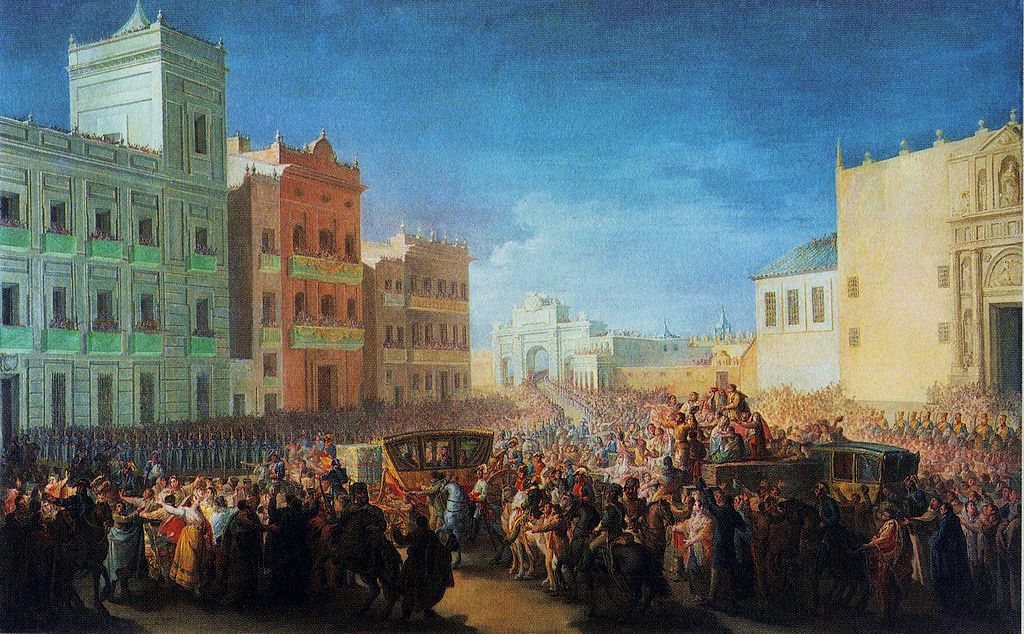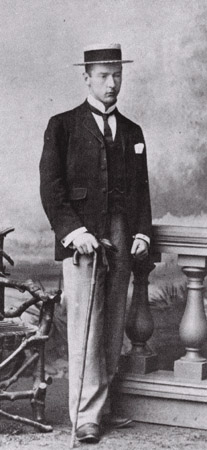by Scott Mehl © Unofficial Royalty 2015
Sarah, Duchess of York (born Sarah Margaret Ferguson) is the former wife of Prince Andrew, The Duke of York, second son of Queen Elizabeth II and The Duke of Edinburgh. She was born at the Wellbeck Nursing Home in Marylebone, London, England on October 15, 1959, to Major Ronald Ferguson and the former Susan Wright. Her father, a former soldier in the Life Guards, served as polo manager to the Duke of Edinburgh, and for many years, to the Prince of Wales. Sarah’s parents divorced in 1974, and both remarried. She has an older sister – Jane – and three younger half-siblings – Andrew, Alice, and Eliza Charlotte – from her father’s second marriage.
Her ancestors include King Charles II of England (she is descended from two of his illegitimate sons, The Duke of Richmond and The Duke of Monmouth), The 6th Duke of Buccleuch, 1st Duke of Abercorn, and Georgina Spencer, Duchess of Devonshire. Through these ancestors, she is distantly related to her former husband.
Sarah spent the first eight years of her life living at Lowood House, the family home in Sunninghill, Berkshire, England. The family then moved to Dummer Down Farm in Hampshire, England which had been in the Ferguson family for several generations. As a child, Sarah and her family often spent summer weekends at Smith’s Lawn where her father played polo. It was here that her father first met Earl Mountbatten and through him, The Duke of Edinburgh. She often played with the children of The Queen and Duke of Edinburgh although neither Sarah nor her sister has any clear recollections.
Sarah attended the Daneshill School in Hampshire, England, and then the Hurst Lodge School in Ascot, England graduating in 1977. Following her schooling, she attended Queen’s Secretarial College and took a job with a London public relations firm. She also worked at an art gallery and then a publishing company.
Despite having met several times in their youth, it wasn’t until the mid-1980s that Sarah and Prince Andrew developed a friendship when they were both guests at a weekend party at Floors Castle, the Scottish home of the Duke and Duchess of Roxburghe. Their friendship became romantic after a party at Windsor Castle in 1985, as part of Royal Ascot week. The Princess of Wales, with whom Sarah had been friends for several years, arranged for Sarah to be invited and made sure she was seated next to Prince Andrew. Before long, Andrew proposed while the couple was again visiting Floors Castle, and their engagement was announced in March 1986. Sarah’s engagement ring consisted of a large Burmese ruby surrounded by diamonds, designed by her fiance’.
Sarah and Prince Andrew married on July 23, 1986 in Westminster Abbey. As Andrew had been created Duke of York earlier that morning, Sarah emerged from the abbey as HRH The Duchess of York, and was the fourth most senior woman in the Royal Family, following The Queen, The Queen Mother, and The Princess of Wales.
Following their honeymoon, the couple lived in Prince Andrew’s apartments at Buckingham Palace while construction took place on their new home Sunninghill Park in Berkshire, England. As a wedding gift, Queen Elizabeth II had purchased five acres of the former Sunninghill Park estate from the Crown Commissioners. The previous house on the estate had once been the intended home of Queen Elizabeth II and Duke of Edinburgh following their marriage. However, it was destroyed by fire before they could take up residence. The new Sunninghill Park became Sarah and Andrew’s primary residence for the remainder of their marriage… and beyond.
Upon marriage, Sarah was very close to most of the members of the Royal Family. She shared a love of horses and country pursuits with Queen Elizabeth II and took up carriage driving which endeared her to the Duke of Edinburgh. The Prince of Wales, now King Charles III, admired her carefree spirit and exuberance. However, in the early months and years of her marriage, The Duke of York was often away on naval duties, leaving Sarah to fend for herself in the complex world of ‘The Firm’. As an outsider, unaccustomed to life in the royal household, she often stumbled in finding her way. Fortunately, she had her friend and sister-in-law Diana to help guide her. At the beginning of her marriage, the media loved Sarah but they soon began to turn on her. Constantly compared to Diana and ridiculed for her fashion sense and her weight, she was called ‘Duchess of Pork’ by many of the British tabloids. For Sarah, it was made more difficult because of the constant absence of her husband.
Over the next four years, Sarah and Andrew had two daughters:
Soon there were cracks in the marriage. The Duke of York was often away on naval duties, and Sarah was seen in the company of other men. After much speculation, the couple announced they were separating on March 19, 1992. A few months later, a tabloid published photos of the Duchess sunbathing topless with another man, causing the rift between her husband and his family to widen. When attempts at reconciliation failed, the couple divorced on May 30, 1996. Now styled as ‘Sarah, Duchess of York’, she initially retained the HRH style. However, Letters Patent were issued a few months later, clarifying that former wives were not entitled to use the royal style. As per The Lord Chamberlain’s office, she is still considered a member of the British Royal Family.
Despite their divorce, Sarah and Andrew continued to live together, both at Sunninghill Park and later at Royal Lodge in Windsor Great Park. In 2007, she moved to the neighboring Dolphin House, where she lived until a fire in 2008 caused her to return to Royal Lodge. Sarah and Andrew purchased a ski chalet in Verbier, Switzerland, and Sarah has reportedly made this her primary residence. She also has an apartment in London and retains her rooms at Royal Lodge.
The relationship with her former husband has remained close, with Sarah often stating that he remains her ‘Prince Charming’. Rumors have circulated for years that the two plan to re-marry, but the two seem very happy with their current relationship. While both have had other relationships, they remained fully supportive – and protective – of each other.
One of the most polarizing British royals in recent years, Sarah, Duchess of York, despite her financial problems and scandals, has remained supportive and respectful of her former family and the monarchy. Since divorcing in 1996, she has been in the rare position of having to juggle her former position with her current one. Because of this, she is often, as the expression goes, “damned if she does, and damned if she doesn’t.”
Sarah, Duchess of York has written or contributed to over 40 books, including her series of ‘Budgie the Little Helicopter’ books, several lifestyle books, and two books about Queen Victoria. She served for many years as a spokesperson for Weight Watchers and ventured into film as a producer of the movie The Young Victoria in 2009. She has also worked as a contributor to several news programs, both in the UK and the US.
Despite her successful business ventures, she has often had to deal with financial problems. Reportedly she was near bankruptcy before being bailed out by her husband and several other friends. In 2010, she was secretly filmed by a tabloid offering access to her former husband in exchange for money. This incident, along with others, caused increased tension with her former family, particularly with her former father-in-law The Duke of Edinburgh. However, Queen Elizabeth II was very welcoming to her former daughter-in-law and often invited Sarah to Balmoral or Sandringham with Andrew and their daughters.
Since the early years of her marriage, Sarah has been involved with numerous charities and organizations. Since 1990, she has been Patron of The Teenage Cancer Trust, and a few years later, founded Children in Crisis. Sarah, her former husband, and their daughters established Key To Freedom in 2013. Other organizations she supports include Mental Disability Rights International and the Motor Neurone Disease Association. She has worked with the American Cancer Society and in 2014 was named ambassador for the Institute of Global Health Innovation at Imperial College in London.
On June 25, 2023, it was announced that Sarah had breast cancer and underwent surgery at King Edward VII Hospital, a private clinic in central London that previously treated the late Queen Elizabeth II and other senior royals. She underwent reconstructive surgery following her mastectomy. On January 21, 2024, it was announced that Sarah had been diagnosed with malignant melanoma after having several moles removed for analysis.
This article is the intellectual property of Unofficial Royalty and is NOT TO BE COPIED, EDITED, OR POSTED IN ANY FORM ON ANOTHER WEBSITE under any circumstances. It is permissible to use a link that directs to Unofficial Royalty.

































